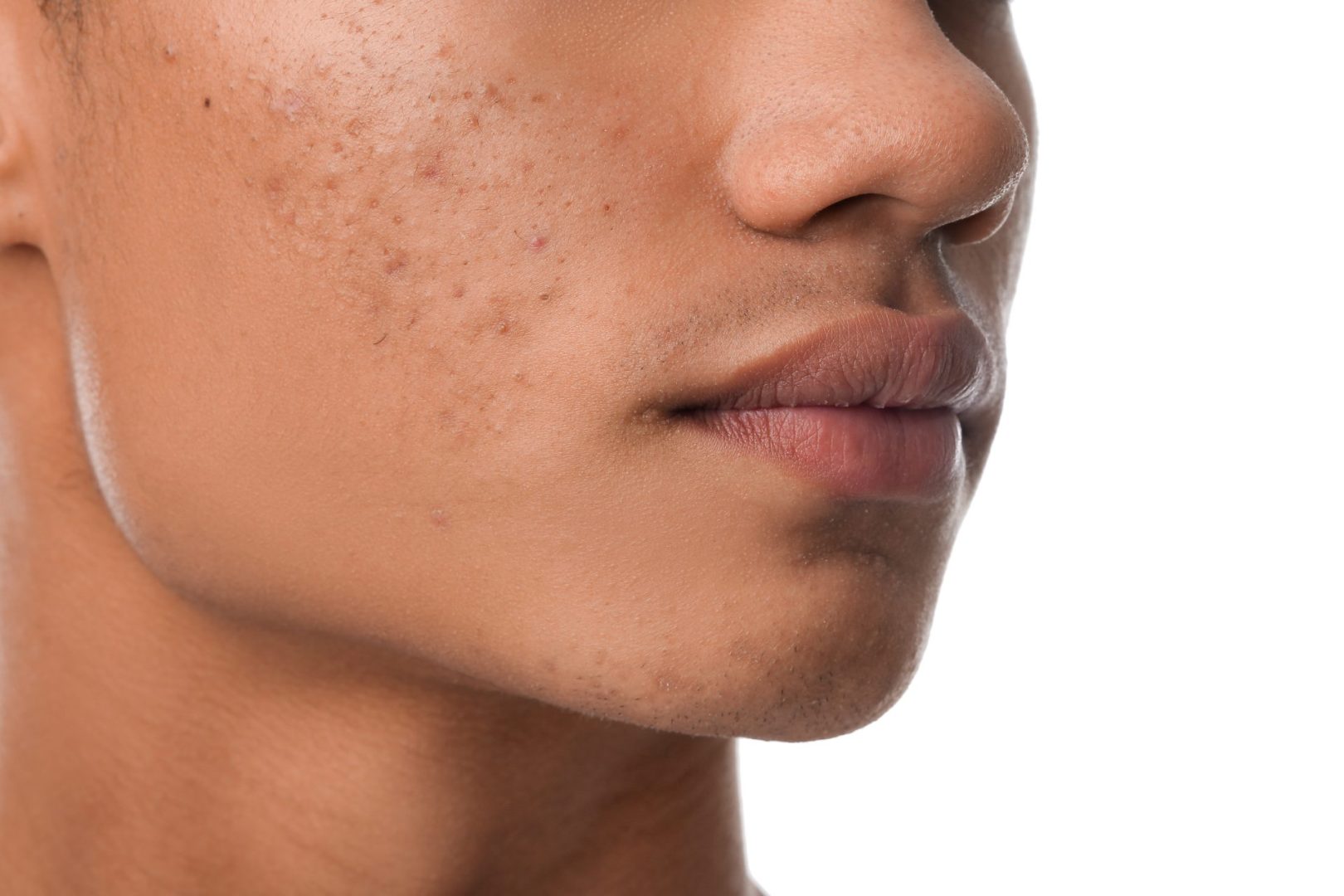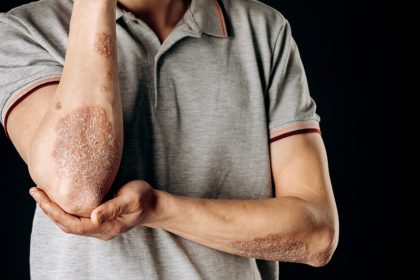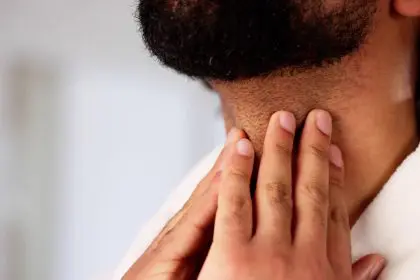Hormonal acne affects millions of people well beyond their teenage years, creating frustrating breakouts that seem impossible to control. Unlike typical acne that responds well to standard treatments, hormonal acne requires a different approach that addresses the underlying imbalances driving persistent breakouts. Understanding how to treat this condition at home empowers individuals to take control of their skin health without relying solely on expensive dermatological interventions.
The distinctive pattern of hormonal acne typically appears along the jawline, chin, and lower cheeks, though it can affect other areas of the face and body. These breakouts often coincide with menstrual cycles, periods of stress, or hormonal transitions, making them predictable yet challenging to prevent through conventional skincare alone.
Understanding hormonal acne fundamentals
Hormonal acne develops when fluctuating hormone levels trigger increased oil production in the skin. Androgens, including testosterone and its derivatives, stimulate sebaceous glands to produce excess sebum, which can clog pores and create an environment where acne-causing bacteria thrive.
The condition commonly affects women during menstruation, pregnancy, menopause, and times of significant stress. Men can also experience hormonal acne, particularly during puberty, periods of high stress, or when testosterone levels fluctuate due to various lifestyle factors.
Unlike surface-level acne that responds to topical treatments, hormonal acne originates from internal imbalances that require comprehensive approaches addressing both external skin care and internal health factors. This understanding forms the foundation for effective home treatment strategies.
Essential dietary modifications for clear skin
Food choices significantly impact hormone levels and inflammation throughout the body, making dietary changes one of the most powerful tools for managing hormonal acne at home.
Reducing inflammatory foods
Dairy products can worsen hormonal acne in many individuals due to naturally occurring hormones and growth factors present in milk and cheese. These compounds can stimulate oil production and inflammation, particularly in people already prone to hormonal breakouts.
High-glycemic foods including white bread, sugary snacks, and processed cereals cause rapid spikes in blood sugar and insulin levels. These fluctuations can trigger increased androgen production and worsen acne symptoms over time.
Anti-inflammatory food choices
Omega-3 fatty acids found in fatty fish, walnuts, and flaxseeds help reduce inflammation throughout the body, including the skin. Regular consumption of these healthy fats can help calm existing breakouts and prevent new ones from forming.
Antioxidant-rich foods including berries, leafy greens, and colorful vegetables provide compounds that protect against cellular damage and support healthy skin function. These nutrients help the body manage oxidative stress that can worsen hormonal imbalances.
Supportive nutrients for hormone balance
Zinc plays a crucial role in hormone regulation and skin health. Foods rich in this mineral include pumpkin seeds, chickpeas, and lean meats. Adequate zinc intake supports proper immune function and can help reduce acne-related inflammation.
Fiber-rich foods help the body eliminate excess hormones through proper digestive function. Vegetables, fruits, and whole grains support healthy hormone metabolism and can help prevent hormonal accumulation that contributes to breakouts.
Effective topical treatments using natural ingredients
Several natural ingredients offer powerful acne-fighting properties without the harsh side effects often associated with conventional treatments.
Tea tree oil applications
Tea tree oil possesses natural antibacterial and anti-inflammatory properties that make it effective against acne-causing bacteria. Diluting tea tree oil with a carrier oil like jojoba or coconut oil prevents irritation while maintaining its therapeutic benefits.
Apply diluted tea tree oil directly to affected areas using a cotton swab, focusing on active breakouts rather than covering the entire face. This targeted approach maximizes benefits while minimizing potential skin irritation.
Green tea benefits
Green tea contains powerful antioxidants and anti-inflammatory compounds that can help calm irritated skin and reduce acne severity. Cooled green tea can be used as a toner or compress for affected areas.
The polyphenols in green tea help regulate sebum production and provide antimicrobial effects against acne-causing bacteria. Regular use can help improve overall skin texture and reduce the frequency of new breakouts.
Clay mask treatments
Bentonite and kaolin clays naturally absorb excess oil and draw impurities from the skin without over-drying. These masks help unclog pores and can reduce the size and inflammation of existing breakouts.
Use clay masks 1-2 times per week, focusing on areas prone to hormonal acne. Follow with a gentle moisturizer to prevent excessive dryness that could trigger increased oil production.
Stress management techniques for hormonal balance
Chronic stress significantly impacts hormone levels, often triggering or worsening hormonal acne through increased cortisol production and its effects on other hormones.
Daily stress reduction practices
Regular meditation, even for just 10-15 minutes daily, can help lower cortisol levels and improve overall hormone balance. Simple breathing exercises throughout the day provide immediate stress relief and can prevent stress-related breakouts.
Physical exercise helps regulate hormone levels while providing natural stress relief through endorphin release. However, proper post-workout hygiene becomes crucial to prevent sweat and bacteria from clogging pores.
Sleep optimization
Quality sleep plays a vital role in hormone regulation and skin repair processes. Aim for 7-9 hours of consistent sleep each night to support natural hormone cycles and give skin time to heal and regenerate.
Poor sleep disrupts hormone production and can increase inflammation throughout the body, including the skin. Creating a consistent bedtime routine and optimizing sleep environment supports both hormonal balance and skin health.
Gentle skincare routines for sensitive hormonal skin
Hormonal acne often makes skin more sensitive and reactive, requiring gentle approaches that don’t disrupt the skin barrier or trigger additional inflammation.
Cleansing best practices
Use lukewarm water and gentle, non-comedogenic cleansers that remove oil and impurities without stripping the skin. Over-cleansing can actually worsen hormonal acne by triggering increased oil production as the skin attempts to compensate for lost moisture.
Double cleansing with an oil-based cleanser followed by a gentle water-based cleanser can effectively remove makeup, sunscreen, and excess oil without irritation. This approach is particularly beneficial for those wearing makeup or sunscreen daily.
Moisturizing strategies
Even acne-prone skin needs proper hydration to function optimally. Choose lightweight, non-comedogenic moisturizers that provide hydration without clogging pores or feeling heavy on the skin.
Hyaluronic acid-based moisturizers offer excellent hydration without adding oils that might worsen acne. These formulations help maintain skin barrier function while supporting the healing process.
Sun protection importance
Daily sunscreen use prevents post-inflammatory hyperpigmentation that often follows hormonal breakouts. Choose mineral sunscreens with zinc oxide or titanium dioxide for sensitive, acne-prone skin.
Sun exposure can worsen acne scarring and dark spots left behind by hormonal breakouts. Consistent sun protection helps prevent these lasting effects while supporting overall skin health.
Herbal remedies and natural supplements
Several herbs and natural compounds offer hormone-balancing properties that can help address the root causes of hormonal acne from within.
Spearmint tea benefits
Spearmint tea has been shown to have anti-androgenic effects, potentially helping to balance hormone levels that contribute to acne. Drinking 2 cups daily may help reduce breakouts over time, particularly in women with hormonal imbalances.
The herb works by potentially reducing free testosterone levels, which can decrease oil production and subsequent acne formation. Results typically become apparent after 2-3 months of consistent use.
Evening primrose oil
This supplement contains gamma-linolenic acid, an omega-6 fatty acid that supports hormone balance and reduces inflammation. Taking evening primrose oil capsules may help regulate menstrual cycles and reduce associated acne flares.
The anti-inflammatory properties of evening primrose oil can help calm existing breakouts while supporting overall skin health. Choose high-quality supplements from reputable manufacturers for best results.
Probiotics for gut health
The gut-skin axis plays a significant role in acne development, with gut health directly impacting skin condition. Probiotic supplements or fermented foods can help improve digestive health and may reduce acne severity.
Healthy gut bacteria help process and eliminate hormones properly, preventing hormonal accumulation that can contribute to breakouts. Foods like yogurt, kefir, sauerkraut, and kimchi provide beneficial bacteria naturally.
Lifestyle modifications for long-term success
Sustainable lifestyle changes provide the foundation for long-term hormonal acne management and overall skin health improvement.
Regular exercise benefits
Physical activity helps regulate hormone levels, reduce stress, and improve circulation, all of which benefit skin health. However, proper hygiene after exercise prevents sweat and bacteria from clogging pores.
Choose breathable, moisture-wicking fabrics during workouts and shower promptly afterward to remove sweat and bacteria. Avoid touching the face during exercise to prevent transferring bacteria from hands to skin.
Hydration importance
Adequate water intake supports all bodily functions, including hormone metabolism and toxin elimination. Proper hydration helps maintain skin elasticity and supports the natural healing process.
Aim for at least 8 glasses of water daily, increasing intake during hot weather or intense physical activity. Herbal teas and water-rich foods also contribute to overall hydration status.
Tracking and monitoring progress
Keeping detailed records of breakouts, treatments, and lifestyle factors helps identify patterns and determine which approaches work best for individual skin needs.
Cycle tracking
For women, tracking menstrual cycles alongside acne patterns can reveal hormonal triggers and help predict when breakouts are most likely to occur. This information allows for proactive treatment approaches.
Use smartphone apps or simple calendars to note breakout locations, severity, and timing relative to menstrual cycles, stress levels, and dietary changes.
Photo documentation
Taking consistent photos of affected areas helps track progress objectively, as day-to-day improvements can be difficult to notice. Use similar lighting and angles for accurate comparisons over time.
Monthly progress photos provide motivation and help identify which treatments are most effective for individual skin concerns.
When to adjust treatment approaches
Home treatment effectiveness varies among individuals, and recognizing when to modify approaches ensures continued progress toward clearer skin.
Signs of improvement
Reduced inflammation, fewer new breakouts, and faster healing of existing blemishes indicate that current treatments are working. Continue successful approaches while gradually introducing new elements if needed.
Improved skin texture, reduced oil production, and less frequent breakouts during typical trigger times suggest that hormonal balance is improving through current interventions.
Plateau indicators
If progress stalls after initial improvement, consider adjusting dietary approaches, trying new topical treatments, or examining stress management techniques. Sometimes skin needs different approaches as it heals and changes.
Persistent breakouts in new areas or increased sensitivity may indicate that current treatments are too harsh or that hormonal factors need different management strategies.
Building sustainable routines
Long-term success with hormonal acne management requires sustainable routines that fit into daily life without creating additional stress or burden.
Gradual implementation
Introduce new treatments one at a time to identify which approaches work best and avoid overwhelming the skin with too many changes simultaneously. This methodical approach helps pinpoint effective treatments.
Start with the most fundamental changes like dietary modifications and gentle skincare before adding supplements or specialized treatments. Building a solid foundation supports more advanced interventions.
Consistency importance
Regular application of effective treatments yields better results than sporadic use of multiple products. Choose a manageable routine that can be maintained long-term rather than complex regimens that become burdensome.
Most natural treatments require several weeks or months to show significant results, making consistency crucial for success. Patience and persistence often determine treatment outcomes more than specific product choices.
The journey to clear skin through natural hormonal acne treatment requires patience, consistency, and willingness to experiment with different approaches. While results may take longer to appear compared to pharmaceutical interventions, natural methods often provide sustainable improvements with fewer side effects.
Success comes from addressing hormonal acne from multiple angles, combining dietary changes, stress management, gentle skincare, and targeted natural treatments. Each individual’s optimal approach will be unique, requiring experimentation and adjustment to find the most effective combination of treatments.














